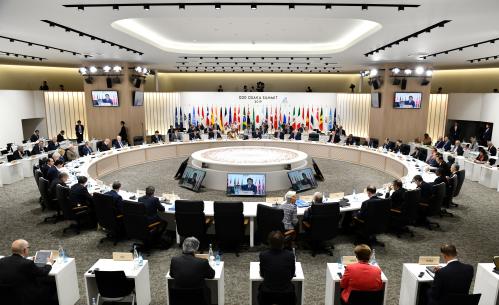

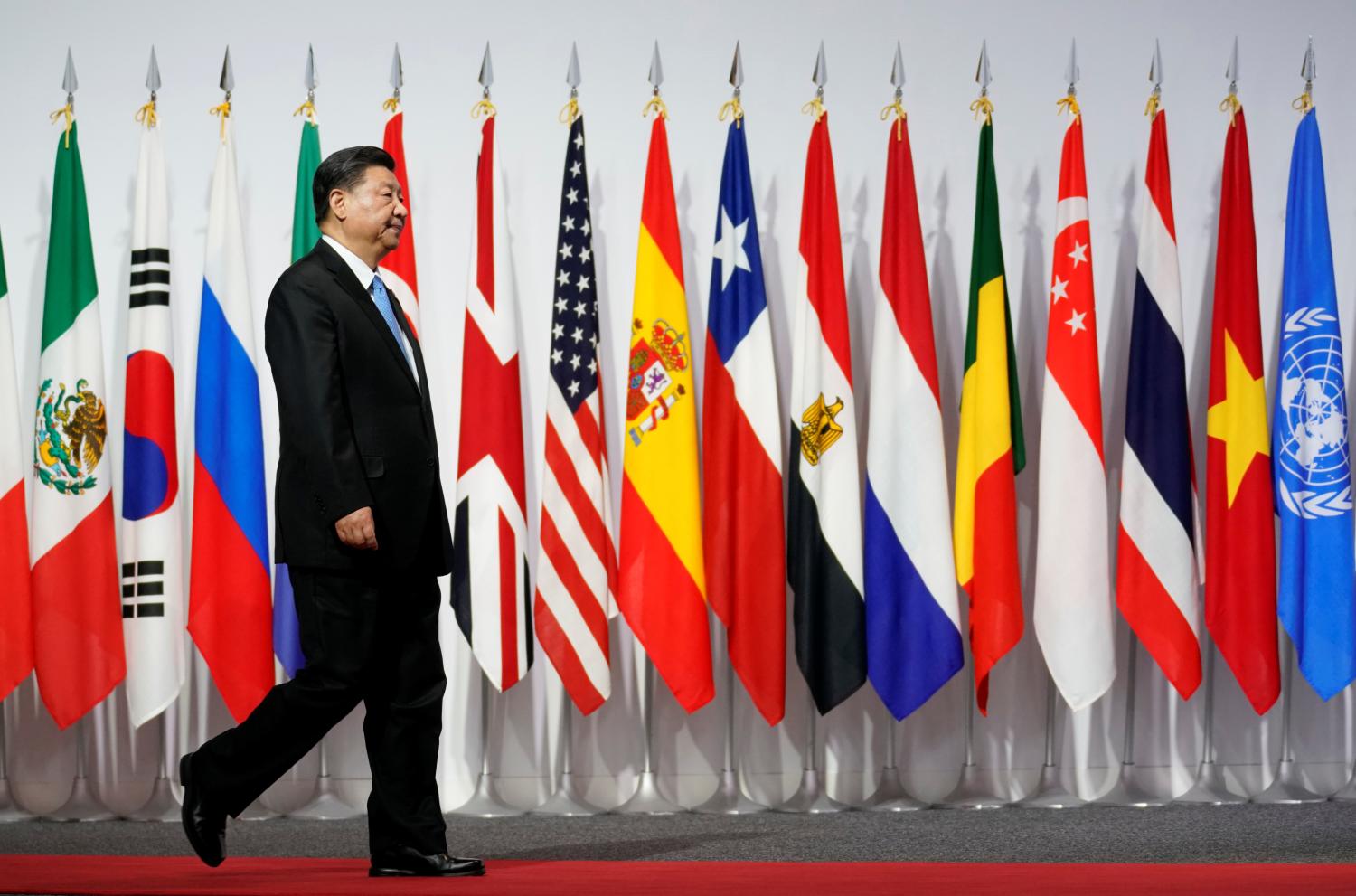
How is China navigating relations with other major powers?
Authors: Tarun Chhabra, Rush Doshi, Ryan Hass, Emilie Kimball
The papers in this installment of the “Global China: Assessing China’s Growing Role in the World” project explore China’s ties with the great powers as well as the implications of those relationships for the U.S. and international order.
Related Content

Tarun Chhabra, Rush Doshi, Ryan Hass, Emilie Kimball
February 24, 2020
Authors: Mireya Solís
To some observers, Asia is moving towards a long familiar past — a China-centric regional order. While the jury is still out on the outcome of Asian great power competition, the conclusion seems obvious to most: China has eclipsed Japan. However, a focus on economic statecraft renders this conclusion premature.
Related Content
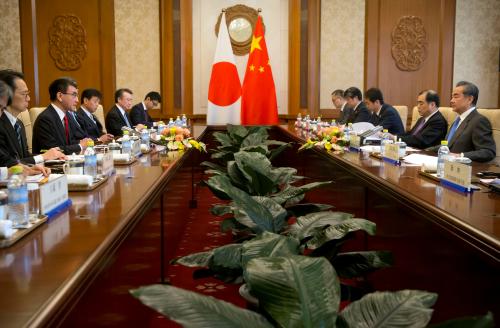
Mireya Solís
February 24, 2020
Authors: Bruce Jones
China’s rise — to the position of the world’s second-largest economy, its largest energy consumer, and its number two defense spender — has unsettled global affairs. We are entering, or have entered, a phase of rivalry between the great and major powers.
Related Content
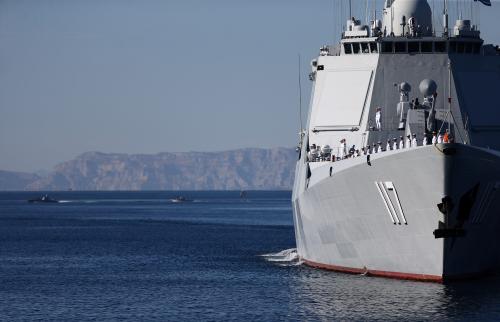
Bruce Jones
February 24, 2020
Authors: Ryan Hass
Neither the United States nor China own a monopoly of responsibility for the downturn in their relations. Washington and Beijing each will need to take steps to allow conditions to emerge over time that would make possible the emergence of a new equilibrium for the relationship.
Related Content
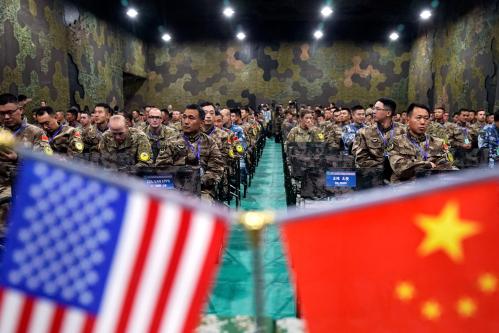
Ryan Hass
February 24, 2020
Authors: Tanvi Madan
Over the last few years, Delhi and Beijing have sought to engage with each other and stabilize relations, but major challenges continue to loom across the spectrum of the relationship. While the relationship has elements of cooperation, it remains a largely competitive, and even potentially conflictual, one.
Related Content
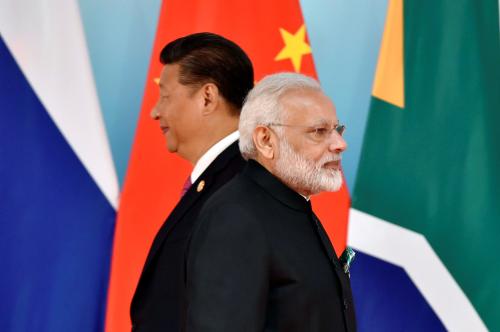
Tanvi Madan
February 24, 2020
Authors: Angela Stent
The China-Russia relationship has become an increasingly robust, pragmatic strategic partnership since 2014, in part because the United States is pursuing policies that have driven the two countries closer together.
Related Content
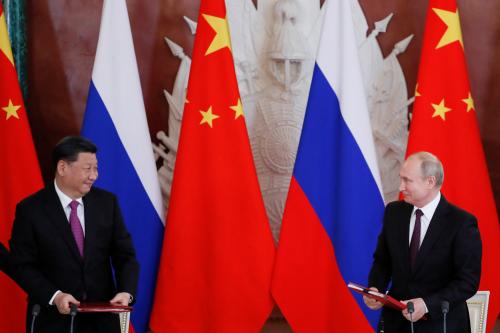
Angela Stent
February 24, 2020
Authors: Thomas Wright
Over the past few years, the European Union and a handful of other European countries have reluctantly moved away from a China policy organized around economic engagement toward a policy of limiting China’s influence in Europe for strategic and security reasons.
Related Content
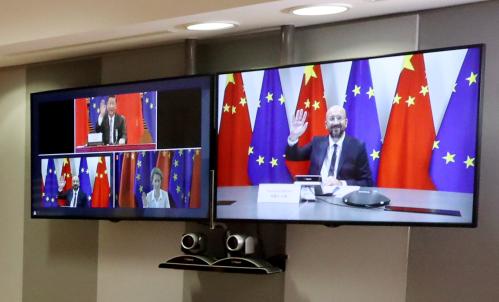
Thomas Wright
July 8, 2020